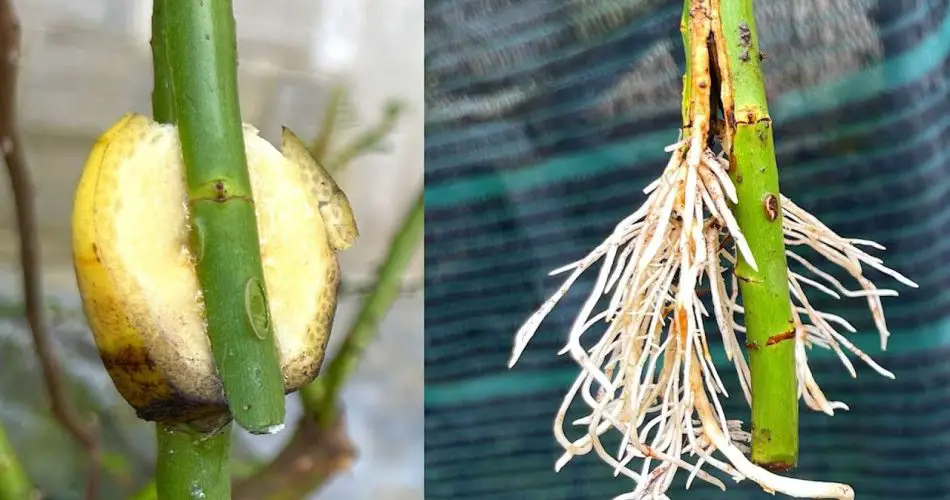Roses are not only beautiful but also versatile, and there are many ways to propagate them. Whether you want to expand your garden or share them with friends, understanding these methods can help you successfully grow new rose plants. Here are some surprising techniques to propagate roses that every gardener should know!

1. Stem Cuttings
One of the most common and effective methods of propagation is through stem cuttings. Here’s how to do it:
- Select Healthy Stems: Choose semi-hardwood stems (not too young or old) during late spring or early summer.
- Cut the Stems: Cut 6-8 inches long pieces just below a leaf node.
- Prepare the Cuttings: Remove the lower leaves, leaving only a couple of leaves at the top.
- Rooting Hormone: Dip the cut end in rooting hormone to encourage root development (optional).
- Plant: Insert the cutting into moist potting soil and water gently. Cover with a plastic bag or a clear container to maintain humidity.
2. Leaf Cuttings
Surprisingly, you can propagate roses from leaf cuttings. This method is less common but can be quite effective!
- Select Healthy Leaves: Choose healthy, mature leaves.
- Cut the Leaf: Use a sharp knife to cut the leaf into sections, ensuring each piece has a vein.
- Plant the Sections: Place the leaf sections into the soil with the vein side down. Keep the soil moist and maintain high humidity.
- Wait for Roots: With time, you may see new roots developing from the leaf cuttings.
3. Grafting
Grafting is an advanced technique that allows you to combine two plants:
- Select Rootstock and Scion: Choose a healthy rootstock and a desirable rose variety as the scion.
- Make the Cuts: Cut both the rootstock and scion at a matching angle.
- Join Together: Fit the cut surfaces together, ensuring the cambium layers align.
- Secure the Graft: Use grafting tape or wax to protect the union.
4. Air Layering
Air layering is a method that encourages roots to form on a branch while it is still attached to the parent plant:
- Select a Healthy Branch: Choose a flexible, healthy branch.
- Make a Cut: About one-third of the way through, make a ring cut around the branch to expose the cambium.
- Wrap with Moist Medium: Surround the cut with moist sphagnum moss and wrap it in plastic to retain moisture.
- Wait for Roots: After several weeks, roots will form. Once established, cut below the new roots and transplant.
5. Seed Propagation
Although growing roses from seeds is less common, it can be a rewarding experience:
- Collect Seeds: After the rose blooms, collect the hips (seed pods) when they turn red or orange.
- Prepare the Seeds: Clean the seeds and stratify them by placing them in a damp paper towel in the refrigerator for several weeks.
- Plant: Sow the seeds in potting soil and keep them moist. Patience is key, as they can take time to germinate!
6. Division
Some types of roses, particularly groundcovers, can be propagated by division:
- Dig Up the Plant: Carefully dig up the entire rose plant.
- Divide the Roots: Use a sharp spade to divide the root ball into smaller sections, ensuring each has roots and shoots.
- Replant: Replant each section immediately in prepared soil.
Conclusion
With these surprising methods for propagating roses, you can easily expand your garden and enjoy the beauty of these timeless flowers. Whether through stem cuttings, leaf cuttings, grafting, air layering, seed propagation, or division, each technique offers unique benefits. Experiment with these methods to find what works best for you, and enjoy a flourishing rose garden! Happy gardening!



